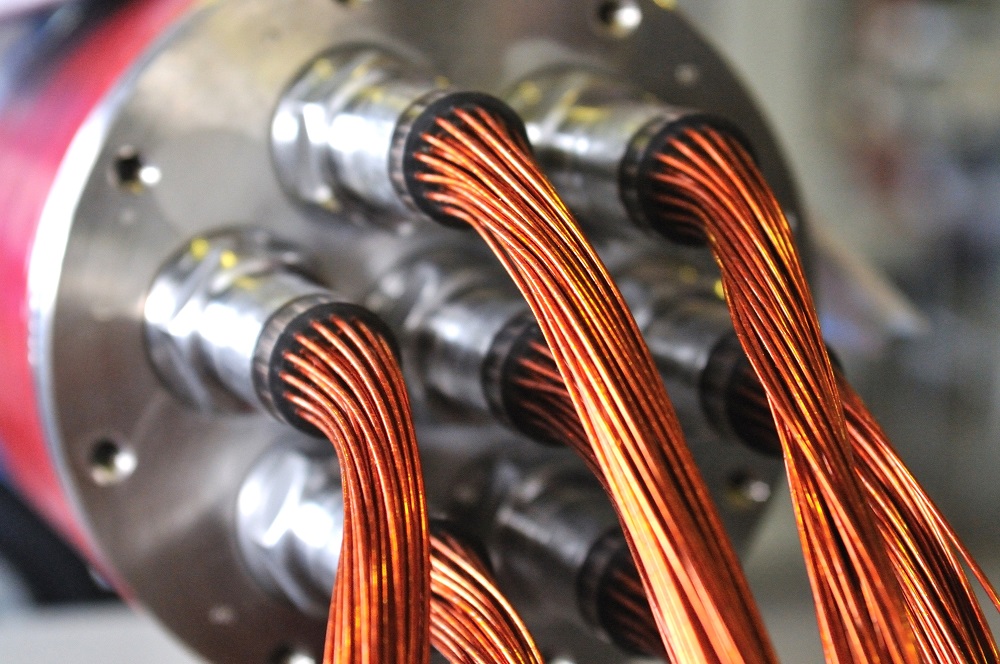The Ultimate Guide to Selecting the Right Wires for Your Project
Unleashing the Power of Savings Through Smart Choices
Exploring the Differences Between Copper Wires and Aluminum Wires
Wires play a fundamental role in electrical systems, acting as conduits for transmitting power and signals. Among the myriad of materials used for wiring, copper and aluminum stand out as the most prevalent choices. In this comprehensive comparison, we will delve into the nuances of these two materials, examining their properties, applications, and key differences.
Understanding the Composition of Copper Wires for High Conductivity
Copper wires have established a long-standing reputation in the field of electrical conductivity. Renowned for their exceptional conductivity, copper wires offer low resistance, facilitating the efficient transmission of electricity. This remarkable conductivity stems from the atomic structure of copper, which allows electrons to flow freely through the metal lattice. Additionally, copper possesses high ductility and malleability, enabling easy shaping and installation in various applications. These qualities make copper an ideal choice for applications that require high-performance electrical wiring, where minimizing energy loss is crucial.
The Versatility of Aluminum Wires in Electrical Applications with Lightweight Advantage
While copper wires have traditionally dominated the electrical wiring landscape, aluminum wires have gained traction in recent years due to their distinct advantages. One notable advantage of aluminum is its significantly lower weight compared to copper. This lightweight nature makes aluminum wires particularly suitable for large-scale installations, where reducing weight can lead to cost savings and logistical benefits. Furthermore, aluminum is more cost-effective than copper, offering affordability without compromising performance. However, it’s essential to note that aluminum’s lower conductivity relative to copper may limit its suitability for certain high-performance applications.
Conductivity Showdown: Copper Wires Lead the Way in Electrical Efficiency
When it comes to conductivity, copper wires reign supreme. With their higher electrical conductivity, copper wires ensure minimal energy loss during transmission, thereby enhancing overall efficiency. This superior conductivity makes copper an excellent choice for applications that demand optimal performance and reliability. Whether it’s powering residential homes or industrial machinery, copper wires provide a reliable and efficient means of electrical transmission.
Weight Considerations: Aluminum Wires Take the Lead in Weight Efficiency
In terms of weight, aluminum wires have a significant advantage over their copper counterparts. Their lightweight nature makes them easier to handle and install, reducing labor costs and logistical challenges. This weight advantage makes aluminum wires particularly well-suited for overhead power transmission lines and other applications where weight reduction is critical. Additionally, the lighter weight of aluminum wires can lead to savings in transportation and material costs, further enhancing their cost-effectiveness.
Durability: A Close Battle Between Copper and Aluminum Wires for Reliability
While copper wires are renowned for their durability and resistance to corrosion, aluminum wires may require additional precautions to mitigate potential issues. Proper installation techniques and protective coatings are essential to prevent oxidation and corrosion in aluminum wires. However, when installed and maintained correctly, aluminum wires can offer excellent longevity and reliability, making them suitable for a wide range of applications. It’s essential for users to assess the environmental conditions and performance requirements of their specific application to determine the most appropriate wire material.
Cost Analysis: Exploring the Economic Factors of Copper and Aluminum Wires
The cost-effectiveness of copper and aluminum wires depends on various factors, including material prices, installation expenses, and long-term maintenance requirements. While copper wires may have higher upfront costs, their superior conductivity and durability can result in long-term savings by reducing energy losses and the need for frequent replacements. On the other hand, aluminum wires offer initial cost savings due to their lower material costs and lighter weight. However, it’s crucial to consider factors such as conductivity, longevity, and maintenance requirements when conducting a comprehensive cost analysis.
Thermal Performance: Evaluating Heat Conductivity for Temperature Sensitivity
In environments with high temperatures, thermal performance becomes a critical consideration. Copper wires demonstrate superior heat conductivity compared to aluminum wires, ensuring reliable performance under challenging conditions. This property makes copper wires well-suited for applications where temperature fluctuations or high ambient temperatures are common. Additionally, copper’s excellent thermal conductivity helps dissipate heat more efficiently, reducing the risk of overheating and ensuring the longevity of electrical systems.
Environmental Impact: Weighing Sustainability Factors of Copper and Aluminum
In an era of increasing environmental awareness, the sustainability of materials used in electrical systems is a significant concern. Both copper and aluminum wires have their environmental pros and cons, requiring a holistic evaluation of their life cycle impacts. While copper is a naturally occurring metal with high recyclability, aluminum boasts lower production energy requirements and can be recycled repeatedly without loss of quality. By considering factors such as material sourcing, manufacturing processes, and end-of-life disposal, stakeholders can make informed decisions to minimize the environmental footprint of their electrical systems.
Application Insights: Matching Wires to Specific Needs for Tailored Solutions
Ultimately, the choice between copper and aluminum wires depends on the specific requirements of each application. Understanding the unique properties and performance characteristics of both materials is essential for selecting the most suitable option. Factors such as conductivity, weight, durability, cost, thermal performance, and environmental considerations must be carefully evaluated to ensure optimal performance and longevity. Whether it’s powering residential homes, industrial facilities, or telecommunications networks, selecting the right wire material is crucial for achieving reliable and efficient electrical transmission.
Conclusion: Deciding Between Copper and Aluminum Wires for Optimal Solutions
In conclusion, the choice between copper and aluminum wires involves a careful consideration of various factors, including conductivity, weight, durability, cost, thermal performance, and environmental impact. By weighing these factors against the specific requirements of each application, users can make informed decisions that align with their project’s needs and objectives. Whether prioritizing high conductivity and longevity or seeking cost-effective solutions with minimal environmental impact, understanding the differences between copper and aluminum wires is essential for making optimal choices in electrical installations.

